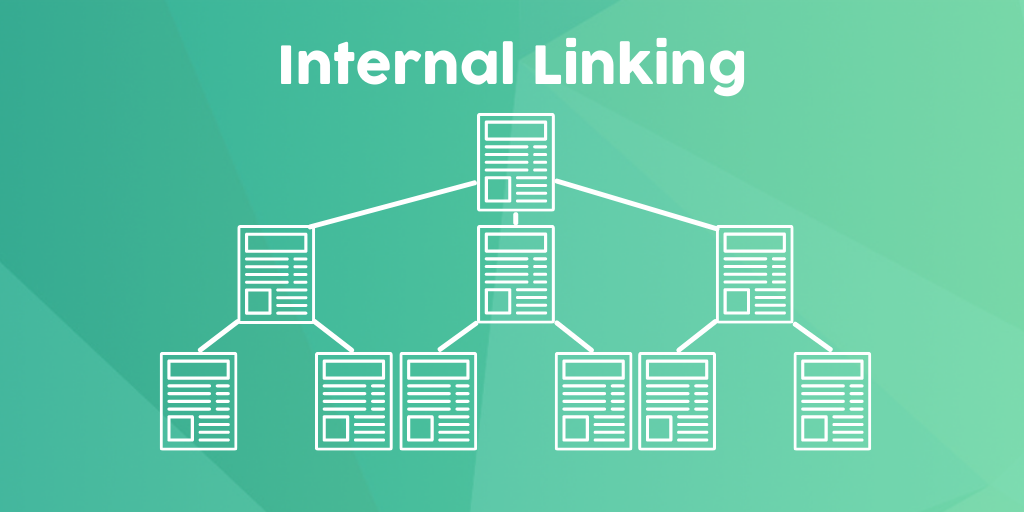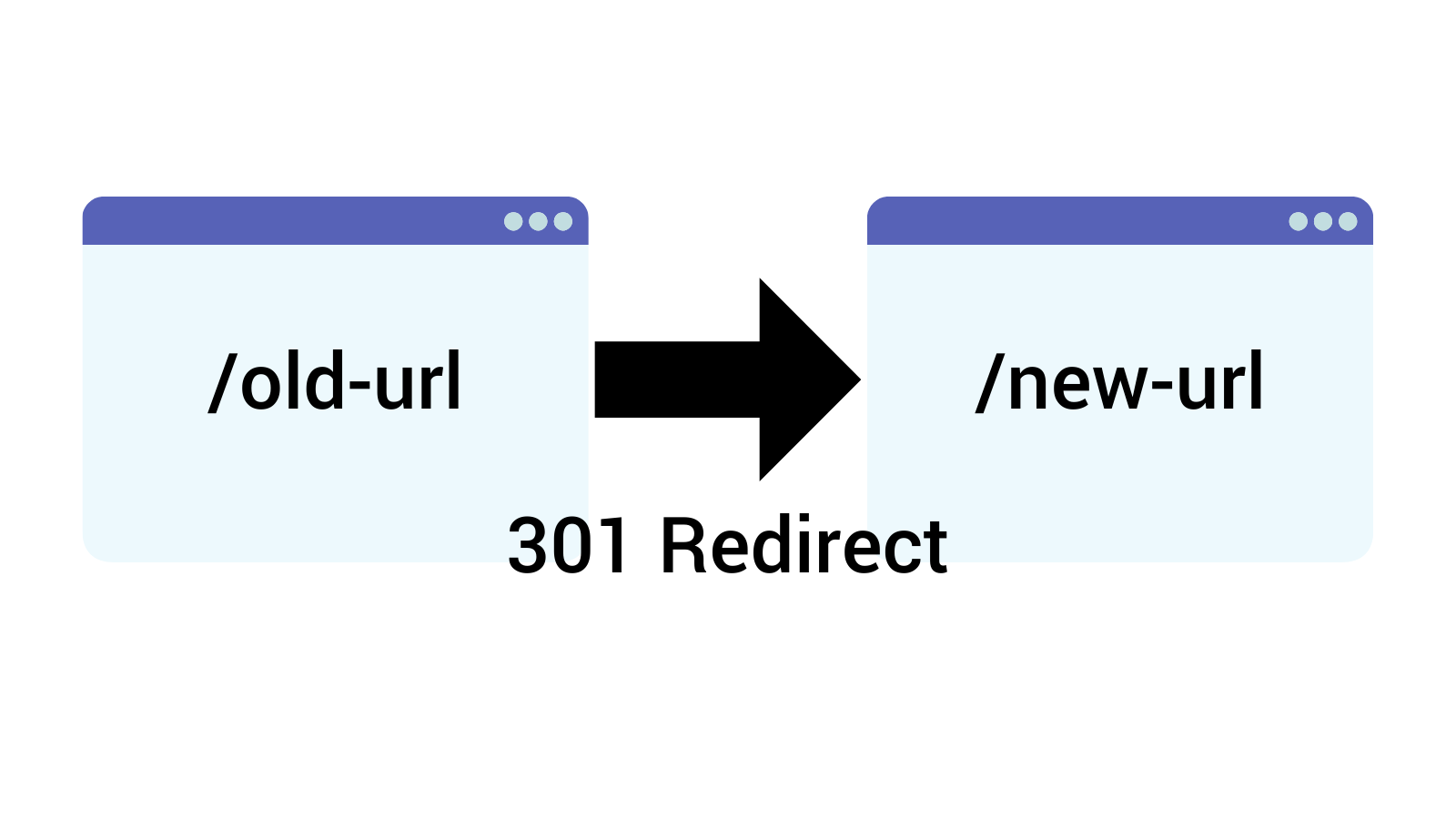Are you stuck on page 2 of the Google Search Results for the keyword you are targeting? Are you scratching your head wondering what to try next?
We have come up with a list of on-page SEO experiments and things to try, that might make the difference and get your page into the top 10 results.
Whenever you run an SEO experiment on a page to try and improve your rankings, you should track the results somehow. SEOTesting.com allows you to set up and run SEO experiments and track the results with time-based SEO tests and SEO split tests.
Page Contents
- Check search intent
- Internal linking
- Link from homepage
- URL slug
- Page title
- Meta description
- H1
- Page structure
- Headings
- Paragraphs
- Display dates
- Table of contents
- Expand content with new sections
- Expand content with FAQs
- Make sure the target keyword is in the first paragraph
- Run content through a grammar checker (eg Grammarly)
- Optimize content using tools such as Surfer, Frase.io, Market Muse, Clearscope
- Deoptimize content
- Add video content
- Create a topic cluster
- Add Expertise, Authoritativeness, and Trustworthiness (EAT)
- Add some expert quotes
- PageSpeed and Core Web Vitals
- Structured data
- Link to external resources
- Image alt text
- Image optimization
- Add lead magnet download
We’ll keep adding to this list, so come back regularly and get some new ideas. If you'd like to contribute an idea, please drop us an email: hello@seotesting.com
1. Check search intent
Does your page match the intent that Google thinks is behind the searcher’s query?
Over time Google’s machine learning algorithms refine their understanding of what a person is looking for when they search on a particular query.
Just because you matched Google’s understanding behind a search intent 12 months ago, does not mean that Google hasn’t refined and changed the information it returns for a query now.
Google the query and check the search results of the top 10. Do the content types returned match yours?
A good example of targeting the wrong search intent is SaaS product pages attempting to rank for informational query types.
Action:
- Open your browser to Google.com and start manually searching on your target queries and check the types of pages returned in the search results.
- If there is a mismatch between the intent in the results, and your content, try experimenting with recreating the page and matching the intent.
2. Internal linking
Internal linking is an important part of onsite SEO and general site usability.
Internal links allow your website visitors to navigate between topically related pages. Search engines also use these internal links to discover content, calculate a pages’ relevance, and also pass external link equity between one internal page and another.

As new content is added to a site, internal linking to existing content is often an afterthought and often not done at all.
Adding internal links to the page you are trying to rank for a target query is a good way to boost the ranking of that page.
To find pages that could link to the page that you are trying to improve the rank of, take the target query you are trying to get rank for on page one, and use the following search operator:
Site:yourdomain.com “target query”
This will show you where else the target query text is used across your site, and when you can internally link from.
Action:
- Open Google and start searching, limited to your own site, on target keywords so you can find internal linking opportunities.
3. Link from the homepage
If it makes sense, add a link from the front page. Especially if it is evergreen content or a lead magnet. It potentially doesn’t have to stay there forever, check out the theory of ‘link echos’ https://moz.com/blog/link-echoes-ghosts-whiteboard-friday
4. Url slug
If the URL slug isn’t user-friendly (ie short), change it with a 301 redirection in place from the old URL to the new user and SEO-friendly URL.

Is the target keyword included in the URL slug? If not consider adding it in, again 301 redirecting from the old URL to the new.
Actions:
- Use httpstatus.io to ensure HTTP redirects from old to new URLs resolve correctly.
- Shorten long URLs, and set up a URL Switch Test in SEOTesting to monitor the results.
5. Page title
While page titles are sometimes re-written by Google, it is still a good idea to try to optimize it for ranking purposes and click-through rate.
Google has said that the page title is a small ranking factor, but it’s tricky to rank for a query if your page title does not contain the target keyword at all.
Here are some things to try and test with a page’s title:
- Does it contain the target keyword
- Try shorter or longer page titles.
- Turn it into a question
- Add/remove the brand from the end
- Use action verbs in the page title (eg Get, Take , Boost, Learn, Make, Go)
- Add month and year to the page title
Actions:
- Get creative with trying new page titles. Run SEO tests to collect the results.
- Especially useful testing new page title formats on templated sites that use the same page title template throughout
6. Meta description
It is arguable whether meta descriptions are a direct ranking factor themselves.
I would suggest that they are an indirect ranking factor, as having a well-written meta description that includes primary and secondary target keywords will help boost CTR, which I would consider a ranking factor. If your page click-through rate improves, over time I would expect the rank to improve.
Some suggestions and actions for crafting clickable meta descriptions:
- Use the target keyword and other high impression keywords the page ranks for in the text
- Try shorter or longer meta descriptions
- Include/pose a question
7. H1
Ideally, from a technical SEO point of view, your page should only have a single H1.
I once heard someone say:
“Page titles make people click (from Google), H1’s make you stay” - if you said this please let me know and I will credit you!
Often, a page title and H1 will have exactly the same value, but if you are on page 2 this can give you an opportunity to experiment with the length and words used.
Having said that, if you have noticed your page titles are being rewritten by Google, and the page title and H1 are different, try setting them as the same.
Actions:
- Try alternative H1’s and include top queries the page is ranking for.
8. Page structure
Experiment with the page structure and especially the first section of an article.

"Make sure the most important information is near the top. Try using a summary at the top of the article that covers the most important information, yet still encourages the reader to continue to read the article for more detail."
Use an article contents section after the summary, or anchor links within the summary, that allows the reader to jump to later sections in the document for more information.
9. Headings
Headings give a document structure. This makes it easier for computers (ie Google) to understand what each section of a document is about, and how sub-sections relate to each other.
Ideally, in a perfectly designed web page and document, headings should be in a nested tree.
Headings may be incorrectly used within the design of a page’s template - and this may be outside of your control, but assuming you do have control of the main body of the text of the page ensure the heading hierarchy is observed correctly there.
Headers make it easier for users to scan a web page and be able to locate the section of information that answers their query.

"A basic principle is to use target keywords in the main heading and long-tail variations of keywords in subheadings. Then you have a better possibility to rank with several keywords with the same page."
Try putting numbers in front of your document h2 headings, especially if you are adding a table of contents section to your document.
Actions:
- Check the source code of a page and make sure headings are used for document structure rather than styling
- Don’t use only H2s in a document. Attempt to break the document down into further sub-headings.
- Use the SEOTesting Chrome Extension to view the document heading tree and resolve any incorrect nestings.
10. Paragraphs
If your document is a large body of text, with large paragraphs, visitors will find it difficult to read and understand. Attempt to break the content up into smaller sections, making use of headers to indicate a new section and its topic.
Actions:
- Use a tool such as Grammarly to rewrite complex sentences and paragraphs.
- Get an editor to review your content.
11. Display dates
Google generally likes refreshes of content. It shows that an article is being kept up to date with new and relevant information.
Adding published and updated DateTime stamps will allow users and Google to understand how fresh and relevant an article is.
If you want to go a step further you can add the relevant structured data to your article so it is even easier for Google to process when the document was created and last updated.
Actions:
- Build out a process of regularly revisiting and updating content
- Get created/published and updated information added to articles.
12. Table of contents
If a rich snippet is present within the Google Search results for a query, sometimes the rich snippet will be the table of contents from the document Google has selected to take the snippet position.
Your page can only take that snippet if it has a table of contents towards the start of the article.
A table of contents will also help the user understand the full contents of a webpage without having to scroll through it. The user will be able to navigate to a specific section of the page that helps answer their question more clearly.
I would still keep an introduction paragraph or two first, with the table of contents after this (you should of course test this :))
Actions:
- Add a table of contents to your article
- Ensure your document uses headings correctly (see above section on headings!)
13. Expand content with new sections
As we have already mentioned, refreshing content and updating the ‘Updated’ DateTime value for the web page is liked by both users and Google.
A great way to get ideas for new content sections is to have a look at Search Console data for keywords already driving clicks to the page.

"If there are keywords you've not covered properly, but they have a high number of impressions, go back to your content and see how you can include it to help your visitors find what they need on your page."
The PageDetails view in SEOTesting.com is really useful for this, as it quickly brings back the queries for a URL, and lets you know how often a specific query is used on a page.
Actions:
- Use Google Search Console to see what queries a page is ranking for
- Use SEOTesting PageDetails view to see what queries a page is ranking for, and which are not located on the page.
14. Expand content with FAQs
Expanding content with frequently asked questions on the page’s topic will help users and your page in Google.
Frequently asked questions, when properly marked up using structured data, can be pulled out and displayed directly in the Google search results. This will increase the size of your result within the results page, and potentially improve click-through rates.

How FAQs can appear within the search results
Actions:
- Use question and informational queries to build out an FAQ section
- Google the query yourself and check the People Also Ask section for questions to answer
- Add structured data around FAQ
15. Make sure the target keyword is in the first paragraph
If it isn’t try adding the target keyword into the first paragraph of the text.
16. Run content through a grammar checker
Run your content through a tool such as Grammarly to check for readability.
If your content is hard to read and understand, people won’t hang around and will be clicking the back button.
If your content is easier to read, people will hang around on the page longer, be able to scan the page to pick out the information they need, and convert better if that’s your goal.
- Run your pages through a tool such as Grammarly
- Use short paragraphs and simple words to improve readability.
17. Optimize content using tools such as Surfer, Frase.io, Market Muse, Clearscope
If your content is informational, and long form-based, run it through one of the content optimization tools suggested above and try updating it as suggested.
Continue to iterate on the content with a test-driven process until you get the rankings you feel your page can achieve.
Actions:
- Most of the tools mentioned above have free trials. Use them to refresh your content as an experiment to see how it performs.
18. Deoptimize content
Take a look through the content and see how often the target keyword is used. When you read it (out loud helps), if it seems the keyword is crammed into sentences where it wouldn’t normally be used, consider removing it.
Look in Google Search Console to see what queries the page is ranking for, and see if you can use alternatives or variations of the target keyword. This may help both the target ranking and also the ranking for a wider variety of keywords.
Actions
- If it looks like the target keyword is overused, try using variations and alternatives.
19. Add video content
If the current page would be more useful with a video explanation, and you have the budget, consider recording and hosting a video on the page.
If you do a search on a page’s target keyword and a video carousel appears within the search results, it would certainly make sense for a video to accompany your content and also be utilized on a YouTube channel.
The video can be as simple as a webcam recording of someone reading the article. This adds personality behind the content. If the budget allows an animated explainer video can work well..
Content is expensive to create, and so reusing it in various formats such as text, video, and audio, plus publishing it on different channels, ensures you get the most return on your content investment.
Action:
- Google the target keyword, see if video content appears in the search results.
20. Create a topic cluster
Expand your coverage of a topic and keyword by creating a topic cluster of pages. While topic clusters can be meticulously planned out with a pillar page and separate spoke pages written and published all in one go, you can start simply by writing about an associated topic and linking back to the target page you are trying to boost.
An easy way to get started with an existing topic you cover on your site is to review the content of the existing page. Would one of the sections, particularly an FAQ or question-based heading, make sense as a standalone page with reciprocal internal links.
If you want to build a topic cluster from scratch or expand an existing topic cluster, you can do the following:
- Take your target keyword
- Google that keyword
- Take top 10 results and do site:domain.com ‘target keyword’
See what content they have related to the target keyword that you should also be creating. [credit to Steve Toth @ SEONotebook for this tip]
Another way to build a topic cluster model is to use ahrefs or a similar tool to export competitor keywords that they rank for, plus the export of all the queries of your own site from Google Search Console, and a tool such as keywordinsights.io to generate the clusters for you.
Actions:
- Manually Google your target query and checkout the cluster pages competitors have built.
- Use tools to automate the creation of topic clusters.
21. Add Expertise, Authoritativeness, and Trustworthiness (EAT)
Another complicated and argued topic is whether EAT is a ranking factor.
Rather than get into that debate, consider it from a user's perspective. If an article has been written or reviewed by a qualified expert, and this fact is clearly displayed, the reader is more likely to trust it and spend more time reading it.
I would suggest that these user-based signals are likely to be direct ranking factors, and thus displaying EAT is an indirect ranking factor.
If your existing content or page hasn’t been written by an expert that you can directly attribute it to, seek out an expert who is willing to review it and have their name associated with it.
It takes time, money, and effort to become qualified and people are often keen to recoup their investment by allowing their qualification to earn them extra income.
Also being published on a respectable website will look good for the qualified individual, so the relationship works both ways.
Actions:
- Add author bio and links, and why they are credible for writing this resource
- If you don’t have credibility, pay someone to review the article on the basis you’ll add their bio as a reviewer.
22. Add some expert quotes
An addition or alternative to getting an expert to write or review existing content is to source and add expert quotes around a topic.
A good source is to reach out to customers for quotes. This is a good way of thanking a customer for supporting your product, helping your content, and can provide a contextual backlink to their website.
Additionally, HARO (Help A Reporter Out) is a service that sends requests for quotes and thoughts to subject matter experts. If you are seeking out expert insights, send a request for sources using HARO, or put out a tweet using the hashtag #journorequest.
Actions:
- Ask customers for quotes to add to articles
- Use HARO or #journorequest to source quotes and opinions
23. PageSpeed and Core Web Vitals
Quick and responsive (in terms of loading quickly) websites are important these days.
Check your PageSpeed scores and Core Web Vitals using the free Google scores, and fix the issues reported.
Fixing site-wide PageSpeed issues created by a template or theme can be a big win as they can improve scores across the entire site.
Page-level issues are important to fix if you want to tick every box when it comes to ranking factors.
Google is open that PageSpeed is a ranking factor, although never clear about how much weight it has. You may as well fix the things Google is indicating to you as an issue. Especially as you are trying to move a page that is stuck on page 2 of the search results.
Actions:
- Run your page through Google Page Speed and Core Web Vital tools.
- Use a tool such as DebugBear to monitor scores and issues for important pages.
24. Structured data
Adding structured data to your site and pages helps provide information about the page to Google and other search engines.
Google does a pretty good job when it comes to understanding a page’s content, but structured data gives you the opportunity to specifically describe to Google the topics and content.
Structured data can be used to markup specific elements within a page that Google can pull out and display within your site’s listing in the search results.
If you are using WordPress there are plugins that can help you add structured data to your page.
Actions:
- Use Googles Structured Data testing tool to see what competitors are doing with structured data
- Implement structured data on your page
25. Link to external resources
Linking to external resources that further explain topics will help your users. The web was built on websites linking together, and in my view, it demonstrates a genuine attempt to cover, explain and offer further information on a topic.
A lot of people do not want to link to external websites. It’s a natural thing to do, and also an in-between measure while you develop out the pages and resources that you can eventually internally link to.
- Link to relevant high DA external resources.
26. Image alt text
This is SEO 101, but the alt text for images on a page can help users who have vision issues and use a screen reader.
The alt text should describe what the image is of, rather than cramming keywords into the text. But if you are using relevant images on your page, this will no doubt give the ability to naturally include target keywords within the image description.
If you (or previous SEOs) have crammed keyword text into alt text values, try deoptimizing them by actually describing the image rather than using it as an opportunity to keyword stuff.
- Include your page’s top queries in image alt text where it naturally makes sense
- Rewrite alt text to describe the image rather than for SEO (de-optimize)
27. Image optimization
A big part of PageSpeed scores and Core Web Vitals, but worthy of its own mention, is image optimization.
Image optimization is one of the best things you can do to improve these scores and also improve the usability of your site over slow or mobile phone internet connections.
Resizing images in HTML or CSS is a common tactic used by web developers or content creators who do not have an eye on SEO, so if you find any images that could be resized to the display size, this can be a good win for your page.
Actions:
- Ensure images are not resized in HTML
- Use nextgen image file format or compress the file size of images
28. Add lead magnet download
Increase the time spent on the site and number of pages visited by adding a lead magnet download available from the page.
This can be as simple as a PDF version of the article they are reading.
Getting this into people’s inboxes increases the likelihood of it being emailed around, leading to more direct visitors to the original page.
If it’s a download resource that accompanies the original page (think templates and worksheets) it can even become a link-building resource within itself.
- Offer a download. PDF checklist, a summary of the article, straight PDF of the article.
- Increase time on site, and page views per visit.
Summary
Hopefully, these suggestions have given you some ideas to try on your pages.
The most important thing to remember is to keep experimenting, and tracking the results of your SEO experiments using something as simple as Google Sheets or SEOTesting.com.

